Ahmed E. Hassan
Jack
Understanding Prompt Management in GitHub Repositories: A Call for Best Practices
Sep 15, 2025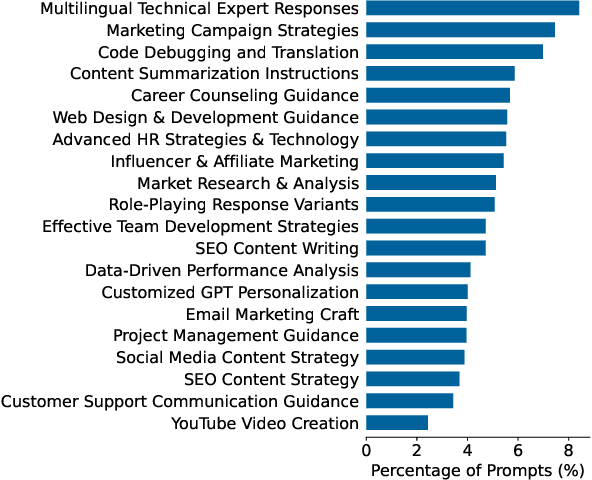

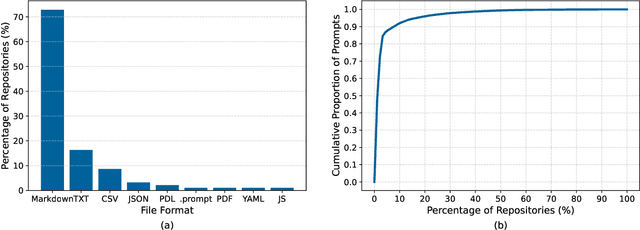

Abstract:The rapid adoption of foundation models (e.g., large language models) has given rise to promptware, i.e., software built using natural language prompts. Effective management of prompts, such as organization and quality assurance, is essential yet challenging. In this study, we perform an empirical analysis of 24,800 open-source prompts from 92 GitHub repositories to investigate prompt management practices and quality attributes. Our findings reveal critical challenges such as considerable inconsistencies in prompt formatting, substantial internal and external prompt duplication, and frequent readability and spelling issues. Based on these findings, we provide actionable recommendations for developers to enhance the usability and maintainability of open-source prompts within the rapidly evolving promptware ecosystem.
OmniLLP: Enhancing LLM-based Log Level Prediction with Context-Aware Retrieval
Aug 12, 2025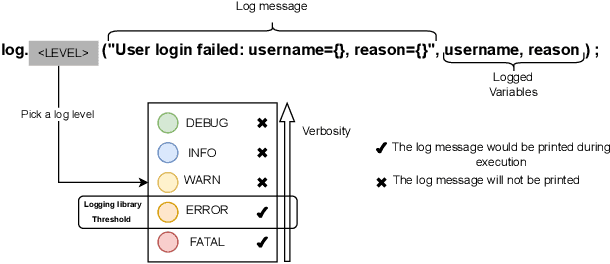

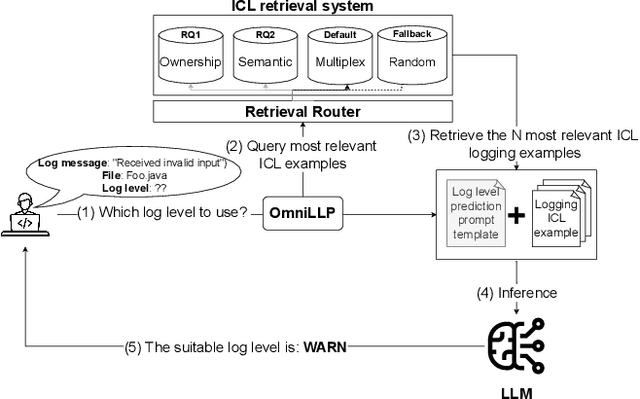

Abstract:Developers insert logging statements in source code to capture relevant runtime information essential for maintenance and debugging activities. Log level choice is an integral, yet tricky part of the logging activity as it controls log verbosity and therefore influences systems' observability and performance. Recent advances in ML-based log level prediction have leveraged large language models (LLMs) to propose log level predictors (LLPs) that demonstrated promising performance improvements (AUC between 0.64 and 0.8). Nevertheless, current LLM-based LLPs rely on randomly selected in-context examples, overlooking the structure and the diverse logging practices within modern software projects. In this paper, we propose OmniLLP, a novel LLP enhancement framework that clusters source files based on (1) semantic similarity reflecting the code's functional purpose, and (2) developer ownership cohesion. By retrieving in-context learning examples exclusively from these semantic and ownership aware clusters, we aim to provide more coherent prompts to LLPs leveraging LLMs, thereby improving their predictive accuracy. Our results show that both semantic and ownership-aware clusterings statistically significantly improve the accuracy (by up to 8\% AUC) of the evaluated LLM-based LLPs compared to random predictors (i.e., leveraging randomly selected in-context examples from the whole project). Additionally, our approach that combines the semantic and ownership signal for in-context prediction achieves an impressive 0.88 to 0.96 AUC across our evaluated projects. Our findings highlight the value of integrating software engineering-specific context, such as code semantic and developer ownership signals into LLM-LLPs, offering developers a more accurate, contextually-aware approach to logging and therefore, enhancing system maintainability and observability.
Towards Conversational Development Environments: Using Theory-of-Mind and Multi-Agent Architectures for Requirements Refinement
May 28, 2025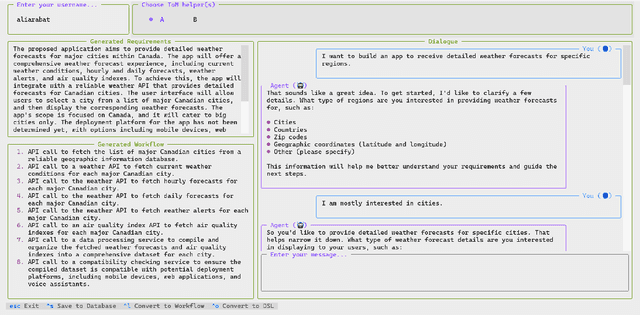

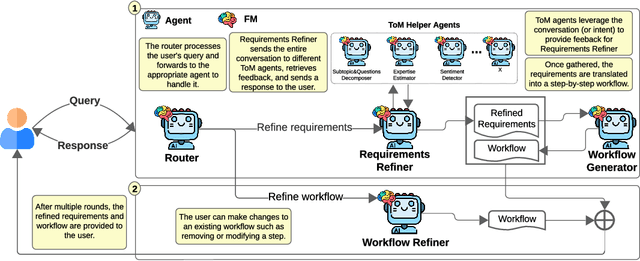

Abstract:Foundation Models (FMs) have shown remarkable capabilities in various natural language tasks. However, their ability to accurately capture stakeholder requirements remains a significant challenge for using FMs for software development. This paper introduces a novel approach that leverages an FM-powered multi-agent system called AlignMind to address this issue. By having a cognitive architecture that enhances FMs with Theory-of-Mind capabilities, our approach considers the mental states and perspectives of software makers. This allows our solution to iteratively clarify the beliefs, desires, and intentions of stakeholders, translating these into a set of refined requirements and a corresponding actionable natural language workflow in the often-overlooked requirements refinement phase of software engineering, which is crucial after initial elicitation. Through a multifaceted evaluation covering 150 diverse use cases, we demonstrate that our approach can accurately capture the intents and requirements of stakeholders, articulating them as both specifications and a step-by-step plan of action. Our findings suggest that the potential for significant improvements in the software development process justifies these investments. Our work lays the groundwork for future innovation in building intent-first development environments, where software makers can seamlessly collaborate with AIs to create software that truly meets their needs.
The Hitchhikers Guide to Production-ready Trustworthy Foundation Model powered Software (FMware)
May 15, 2025
Abstract:Foundation Models (FMs) such as Large Language Models (LLMs) are reshaping the software industry by enabling FMware, systems that integrate these FMs as core components. In this KDD 2025 tutorial, we present a comprehensive exploration of FMware that combines a curated catalogue of challenges with real-world production concerns. We first discuss the state of research and practice in building FMware. We further examine the difficulties in selecting suitable models, aligning high-quality domain-specific data, engineering robust prompts, and orchestrating autonomous agents. We then address the complex journey from impressive demos to production-ready systems by outlining issues in system testing, optimization, deployment, and integration with legacy software. Drawing on our industrial experience and recent research in the area, we provide actionable insights and a technology roadmap for overcoming these challenges. Attendees will gain practical strategies to enable the creation of trustworthy FMware in the evolving technology landscape.
Model Performance-Guided Evaluation Data Selection for Effective Prompt Optimization
May 15, 2025



Abstract:Optimizing Large Language Model (LLM) performance requires well-crafted prompts, but manual prompt engineering is labor-intensive and often ineffective. Automated prompt optimization techniques address this challenge but the majority of them rely on randomly selected evaluation subsets, which fail to represent the full dataset, leading to unreliable evaluations and suboptimal prompts. Existing coreset selection methods, designed for LLM benchmarking, are unsuitable for prompt optimization due to challenges in clustering similar samples, high data collection costs, and the unavailability of performance data for new or private datasets. To overcome these issues, we propose IPOMP, an Iterative evaluation data selection for effective Prompt Optimization using real-time Model Performance. IPOMP is a two-stage approach that selects representative and diverse samples using semantic clustering and boundary analysis, followed by iterative refinement with real-time model performance data to replace redundant samples. Evaluations on the BIG-bench dataset show that IPOMP improves effectiveness by 1.6% to 5.3% and stability by at least 57% compared with SOTA baselines, with minimal computational overhead below 1%. Furthermore, the results demonstrate that our real-time performance-guided refinement approach can be universally applied to enhance existing coreset selection methods.
LicenseGPT: A Fine-tuned Foundation Model for Publicly Available Dataset License Compliance
Dec 30, 2024
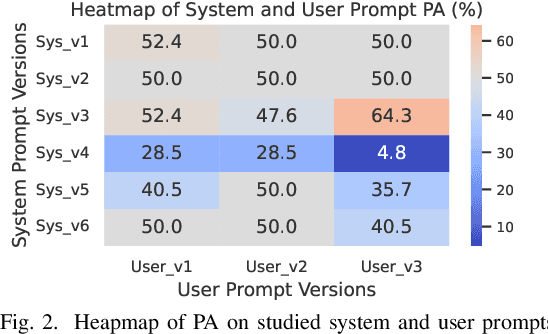
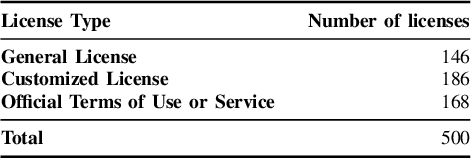
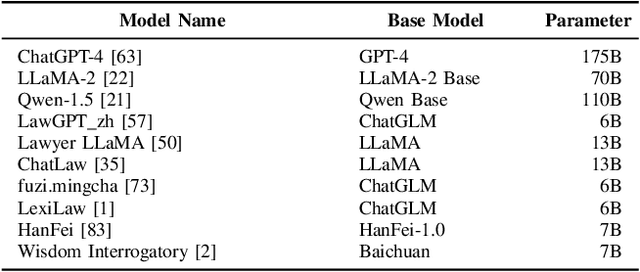
Abstract:Dataset license compliance is a critical yet complex aspect of developing commercial AI products, particularly with the increasing use of publicly available datasets. Ambiguities in dataset licenses pose significant legal risks, making it challenging even for software IP lawyers to accurately interpret rights and obligations. In this paper, we introduce LicenseGPT, a fine-tuned foundation model (FM) specifically designed for dataset license compliance analysis. We first evaluate existing legal FMs (i.e., FMs specialized in understanding and processing legal texts) and find that the best-performing model achieves a Prediction Agreement (PA) of only 43.75%. LicenseGPT, fine-tuned on a curated dataset of 500 licenses annotated by legal experts, significantly improves PA to 64.30%, outperforming both legal and general-purpose FMs. Through an A/B test and user study with software IP lawyers, we demonstrate that LicenseGPT reduces analysis time by 94.44%, from 108 seconds to 6 seconds per license, without compromising accuracy. Software IP lawyers perceive LicenseGPT as a valuable supplementary tool that enhances efficiency while acknowledging the need for human oversight in complex cases. Our work underscores the potential of specialized AI tools in legal practice and offers a publicly available resource for practitioners and researchers.
Engineering AI Judge Systems
Nov 26, 2024

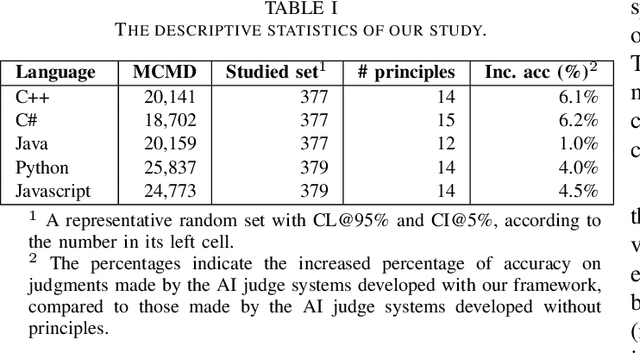
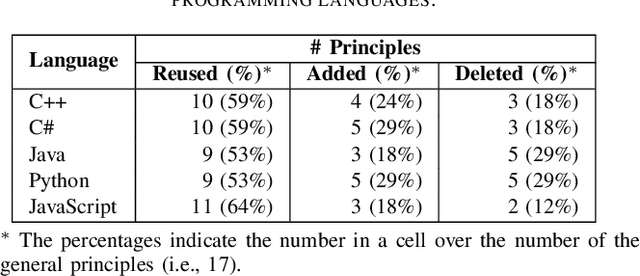
Abstract:AI judge systems are designed to automatically evaluate Foundation Model-powered software (i.e., FMware). Due to the intrinsic dynamic and stochastic nature of FMware, the development of AI judge systems requires a unique engineering life cycle and presents new challenges. In this paper, we discuss the challenges based on our industrial experiences in developing AI judge systems for FMware. These challenges lead to substantial time consumption, cost and inaccurate judgments. We propose a framework that tackles the challenges with the goal of improving the productivity of developing high-quality AI judge systems. Finally, we evaluate our framework with a case study on judging a commit message generation FMware. The accuracy of the judgments made by the AI judge system developed with our framework outperforms those made by the AI judge system that is developed without our framework by up to 6.2%, with a significant reduction in development effort.
Software Performance Engineering for Foundation Model-Powered Software (FMware)
Nov 14, 2024

Abstract:The rise of Foundation Models (FMs) like Large Language Models (LLMs) is revolutionizing software development. Despite the impressive prototypes, transforming FMware into production-ready products demands complex engineering across various domains. A critical but overlooked aspect is performance engineering, which aims at ensuring FMware meets performance goals such as throughput and latency to avoid user dissatisfaction and financial loss. Often, performance considerations are an afterthought, leading to costly optimization efforts post-deployment. FMware's high computational resource demands highlight the need for efficient hardware use. Continuous performance engineering is essential to prevent degradation. This paper highlights the significance of Software Performance Engineering (SPE) in FMware, identifying four key challenges: cognitive architecture design, communication protocols, tuning and optimization, and deployment. These challenges are based on literature surveys and experiences from developing an in-house FMware system. We discuss problems, current practices, and innovative paths for the software engineering community.
Watson: A Cognitive Observability Framework for the Reasoning of Foundation Model-Powered Agents
Nov 05, 2024



Abstract:As foundation models (FMs) play an increasingly prominent role in complex software systems, such as FM-powered agentic software (i.e., Agentware), they introduce significant challenges for developers regarding observability. Unlike traditional software, agents operate autonomously, using extensive data and opaque implicit reasoning, making it difficult to observe and understand their behavior during runtime, especially when they take unexpected actions or encounter errors. In this paper, we highlight the limitations of traditional operational observability in the context of FM-powered software, and introduce cognitive observability as a new type of required observability that has emerged for such innovative systems. We then propose a novel framework that provides cognitive observability into the implicit reasoning processes of agents (a.k.a. reasoning observability), and demonstrate the effectiveness of our framework in boosting the debuggability of Agentware and, in turn, the abilities of an Agentware through a case study on AutoCodeRover, a cuttingedge Agentware for autonomous program improvement.
On the Impact of White-box Deployment Strategies for Edge AI on Latency and Model Performance
Nov 01, 2024
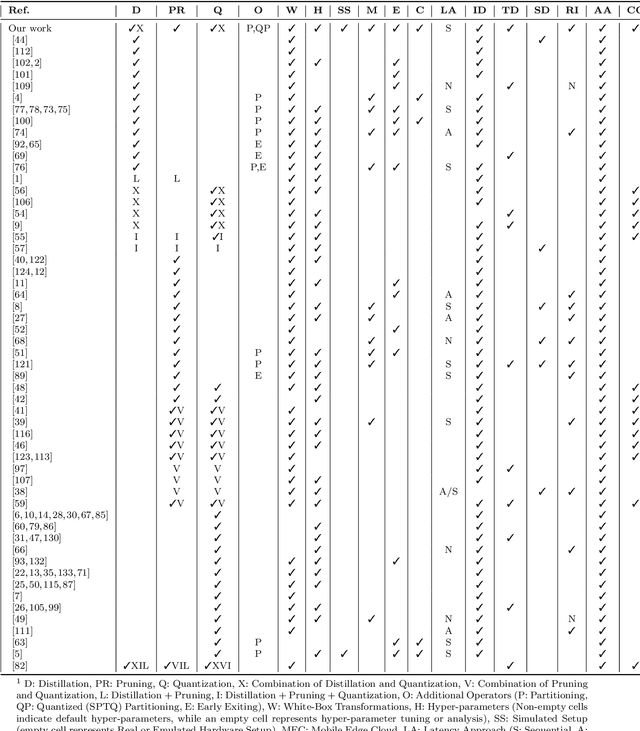

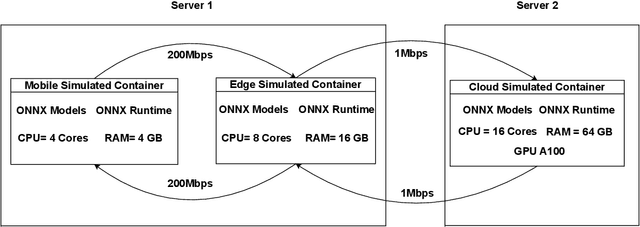
Abstract:To help MLOps engineers decide which operator to use in which deployment scenario, this study aims to empirically assess the accuracy vs latency trade-off of white-box (training-based) and black-box operators (non-training-based) and their combinations in an Edge AI setup. We perform inference experiments including 3 white-box (i.e., QAT, Pruning, Knowledge Distillation), 2 black-box (i.e., Partition, SPTQ), and their combined operators (i.e., Distilled SPTQ, SPTQ Partition) across 3 tiers (i.e., Mobile, Edge, Cloud) on 4 commonly-used Computer Vision and Natural Language Processing models to identify the effective strategies, considering the perspective of MLOps Engineers. Our Results indicate that the combination of Distillation and SPTQ operators (i.e., DSPTQ) should be preferred over non-hybrid operators when lower latency is required in the edge at small to medium accuracy drop. Among the non-hybrid operators, the Distilled operator is a better alternative in both mobile and edge tiers for lower latency performance at the cost of small to medium accuracy loss. Moreover, the operators involving distillation show lower latency in resource-constrained tiers (Mobile, Edge) compared to the operators involving Partitioning across Mobile and Edge tiers. For textual subject models, which have low input data size requirements, the Cloud tier is a better alternative for the deployment of operators than the Mobile, Edge, or Mobile-Edge tier (the latter being used for operators involving partitioning). In contrast, for image-based subject models, which have high input data size requirements, the Edge tier is a better alternative for operators than Mobile, Edge, or their combination.
 Add to Chrome
Add to Chrome Add to Firefox
Add to Firefox Add to Edge
Add to Edge